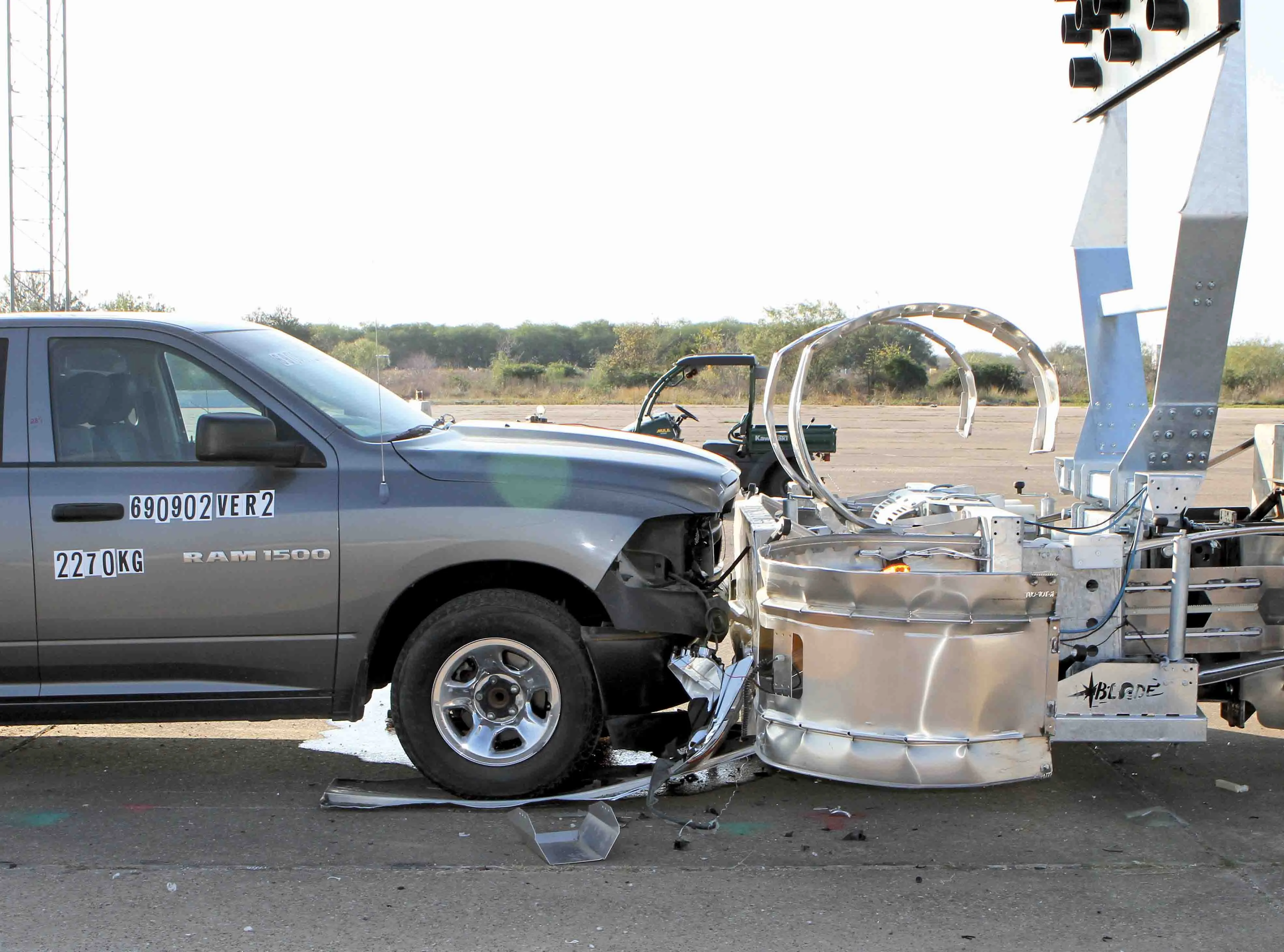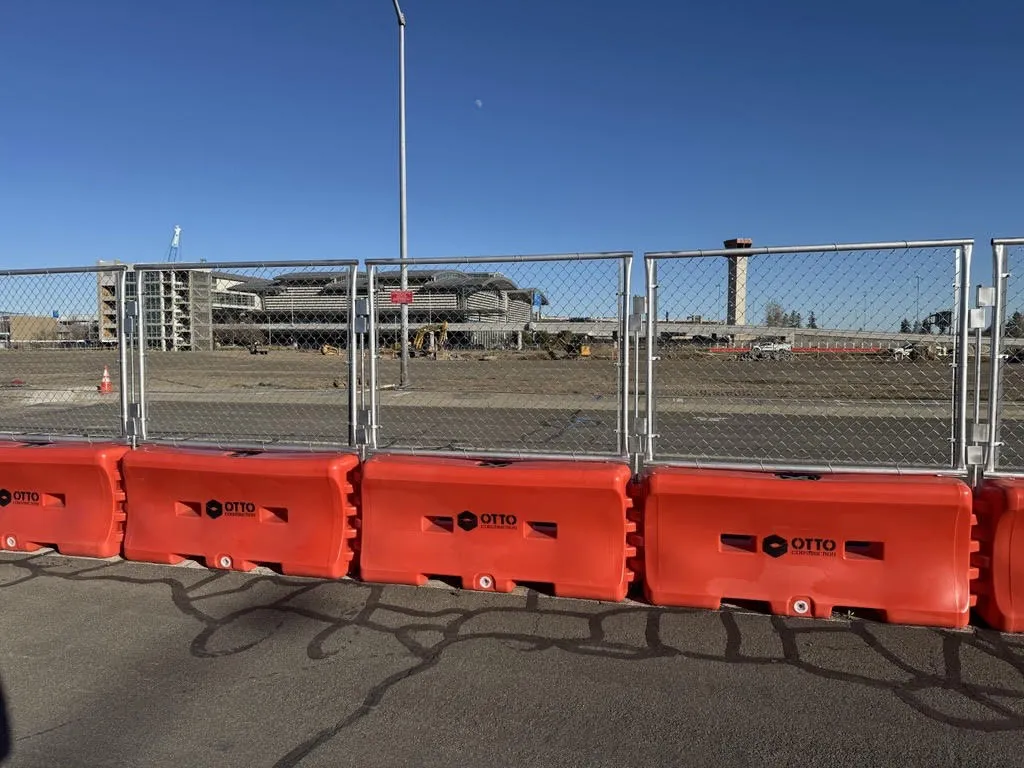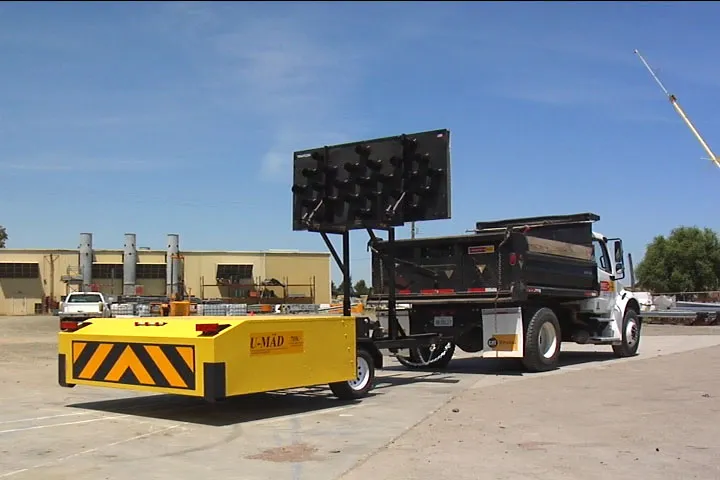
The MASH safety changes are mainly necessitated by alterations made to vehicles over the past decade. Cars have greatly increased in size, so updated regulations are required to keep occupants safe. For example, the average bumper height on light trucks has risen considerably since 1993, so previous highway safety designs are inadequate.
The new MASH standard sets stricter criteria for truck-mounted attenuators. Bigger and heavier and newer test vehicles must be used during testing. Upper and lower truck weight has to be tested, ballast has to be fixed, and also the arrow board together with the TMA construction must have to be tested. Additionally, offset and offset angel tests are now required in MASH.
This patented BLADE TMA has been full-scale crash-tested according to MASH 2009/2016 at the
Verdegro, based in Munnikenheiweg, the Netherlands, said the BLADE TMA will be available for the US market from April.








